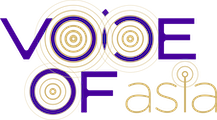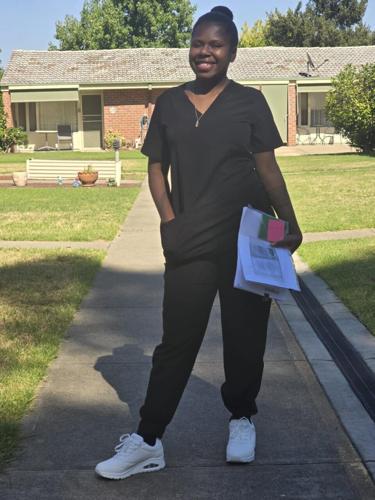
The funeral of former Hezbollah leader Hassan Nasrallah was held recently, attracting a large number of participants. Nasrallah died in September during an Israeli airstrike on Beirut. The funeral was not only a mourning for Nasrallah, but also a demonstration of Hezbollah's strength after a series of setbacks. This event underscored the group's enduring influence in the region.
On Sunday, mourners dressed in black flocked to a stadium outside the Lebanese capital. They also paid tribute to Nasrallah's successor, Hashem Safieddine, who died in an Israeli attack before taking office. Nasrallah was one of the most influential figures in the Lebanese Shiite Islamic armed group, with influence throughout the Middle East. His legacy continues to shape regional dynamics.
Hours before the funeral began at 1:00 p.m. local time (11:00 a.m. GMT), Israel launched an airstrike on southern Lebanon, targeting Hezbollah's rocket launchers. Despite the cold weather, people braved the cold to attend the funeral at the Camille Chamoun Sports City Stadium, which can accommodate 50,000 people. The large turnout reflected the deep respect and loyalty Nasrallah commanded.
Nasrallah's coffin, draped in the Hezbollah flag, was paraded alongside Safieddine's coffin among the black-clad mourners. Excerpts from Nasrallah's speeches were played, and supporters chanted slogans, waved flags, and held portraits of the two leaders. Hezbollah's current leader, Naim Qassem, addressed the mourners via video link, saying that Hezbollah remains "strong" and "will not yield." The group's resilience was a central theme of the event.
A 55-year-old mourner named Umm Mahdi told Agence France-Presse that holding a funeral for Nasrallah was "the least we can do" because he "gave up everything for his cause." Due to fears of Israeli assassination, Nasrallah had not appeared in public for several years before his death. The late leader had close personal ties with Iran and played a key role in developing Hezbollah into the political and military force it is today. He was deeply respected by the group's supporters.
Under Nasrallah's 30-year leadership, Hezbollah (banned as a terrorist organization in the UK, US, and other countries) helped train fighters from Palestinian armed group Hamas, Iraqi and Yemeni militias, and obtained missiles and rockets from Iran to fight against Israel. He was 64 years old when he died in Dahiyeh, a heavily guarded suburb of Beirut. After Nasrallah's death, Hezbollah allowed the public to enter the area for the first time to attend a public memorial event. This opened a new chapter in the group's public image.
Israeli Defense Minister Israel Katz wrote on X that Israeli aircraft flew over the stadium during the funeral to "send a clear message: anyone who threatens to destroy Israel will bring destruction upon themselves." The Gaza war triggered nearly a year of cross-border hostilities before the Israeli invasion of Lebanon. Lebanon suffered heavy Israeli airstrikes and a ground invasion of the country's south. These actions further intensified regional tensions.
In September 2024, an Israeli-made intercom was detonated in a raid, killing dozens of senior figures. Many senior military and political leaders of Hezbollah have also been killed in recent conflicts with Israel. Before a ceasefire agreement was reached in November, the attacks killed about 4,000 people in Lebanon (including many civilians) and displaced more than 1.2 million residents. The human cost of the conflict was substantial and widespread.
Representatives from Iran, Iraq, and Yemen attended the funeral, which was postponed to allow Israeli forces time to withdraw from southern Lebanon—although some troops remain. Iranian Foreign Minister Abbas Araghchi described the murdered leaders as "two heroes of the resistance" in a speech. Their legacy is seen as a symbol of resistance against external forces.



















